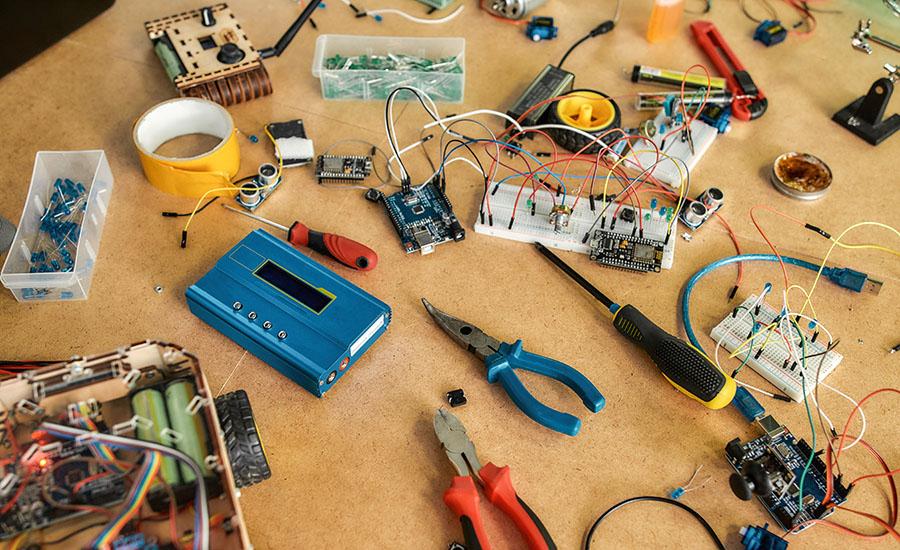
Rainwater Harvesting in Water Scarce Communities
Students are tasked with using the Engineering Design Process to create a system of harvesting rainwater to meet the needs of residents in communities that have a scarce water supply (shortage of water). Students will write an informational essay, "What are the benefits of harvesting rainwater specifically for water-scarce areas?"
Lesson Grade Level
6th GradeLesson Plan Link/URL
https://docs.google.com/presentation/d/1ngYzABqARMeeMPbIKwFaYd2Jn-C5s9zu/edit?u…Subject Area
Science Earth and Space Science Life Science Engineering S1: Engineering & Global Society S2: Apply the Engineering Design Process S4: Apply Science to Engineering S5: Apply Technology to Engineering S6: Apply Communications to Engineering English Language Arts (ELA) Writing Speaking & ListeningRelated Content

A Shocking Dystopia: STEM Adventures in The City of Ember Part 1 of 4: Blackout! Community Circuits
This lesson is PART 1 of a four-lesson unit, which focuses on futures thinking, the phenomenon of electricity, closed-system agriculture, and water as a renewable energy resource. “The City of Ember”

Students will compare and contrast homes and technology from 50 years ago to the present day. Students will design a SMART home gadget that can be implemented into SMART homes of the future.

In this lesson, first-grade students will explore the concept of resource sharing in nature using dioramas. The lesson is designed to help students understand that living things, such as plants and